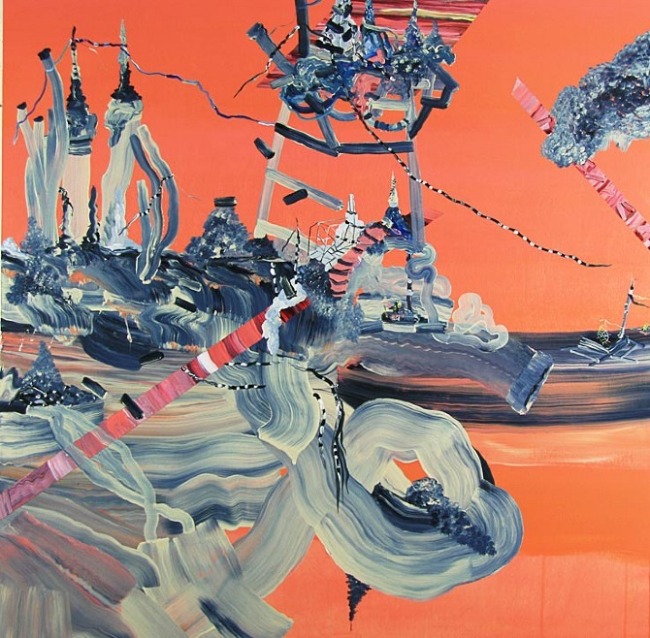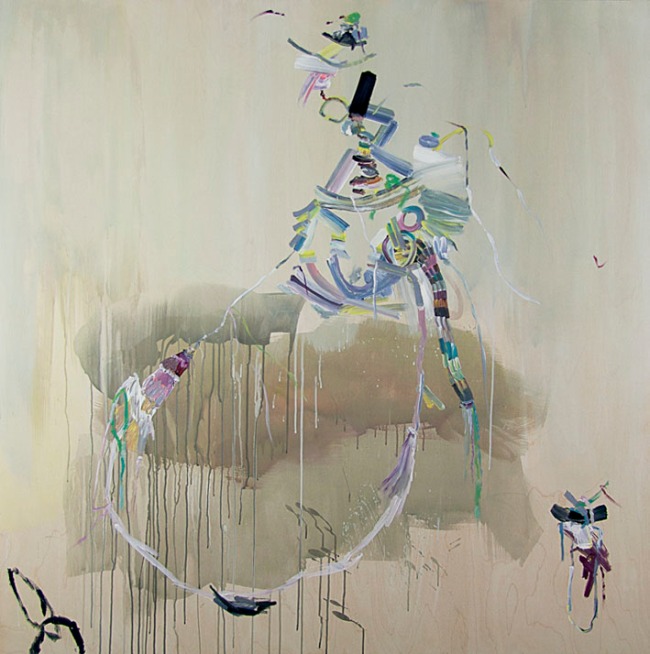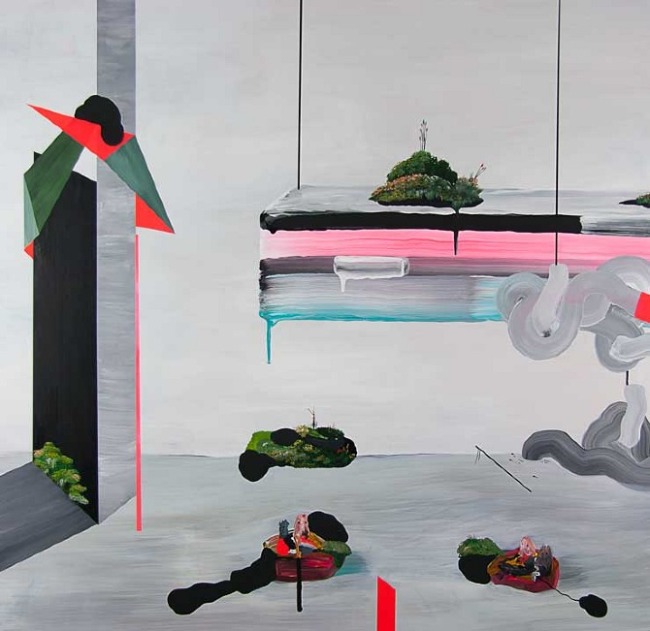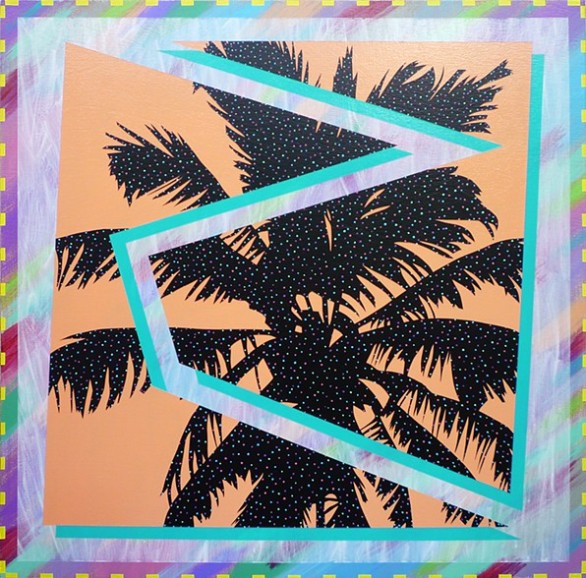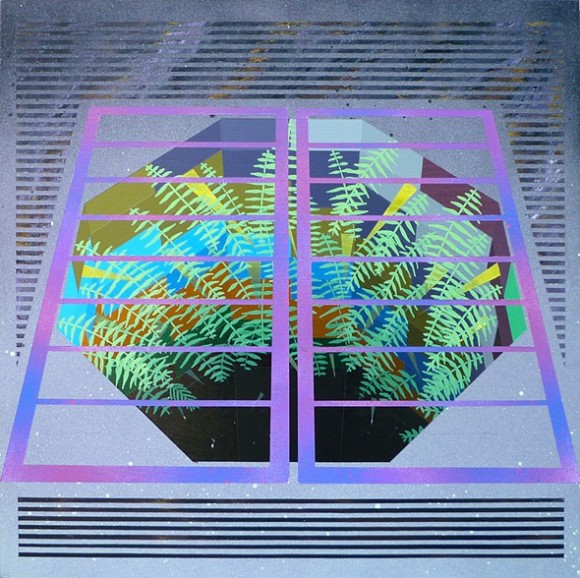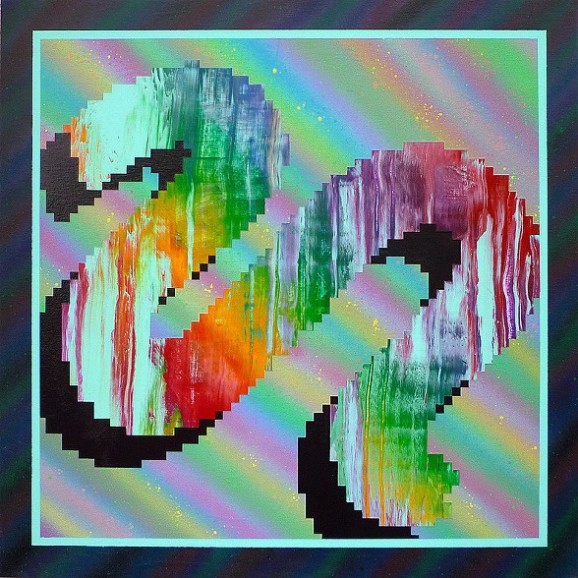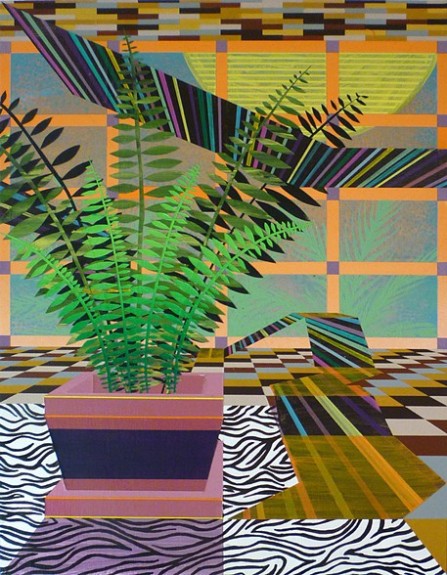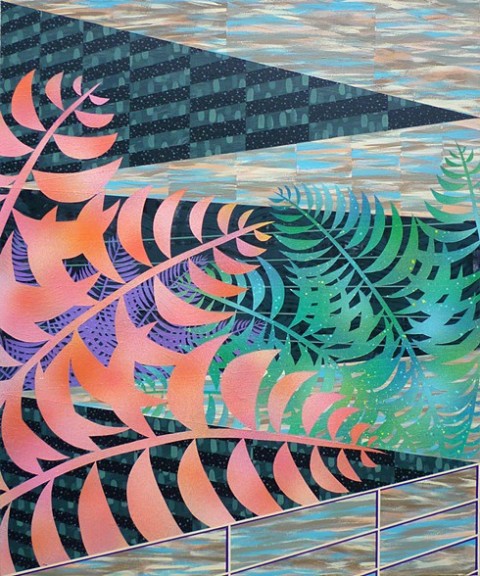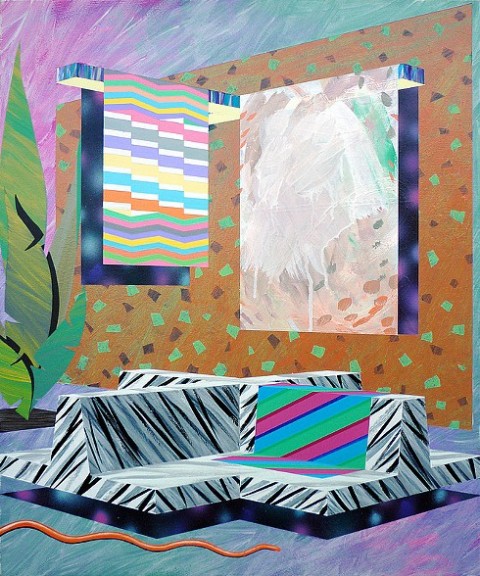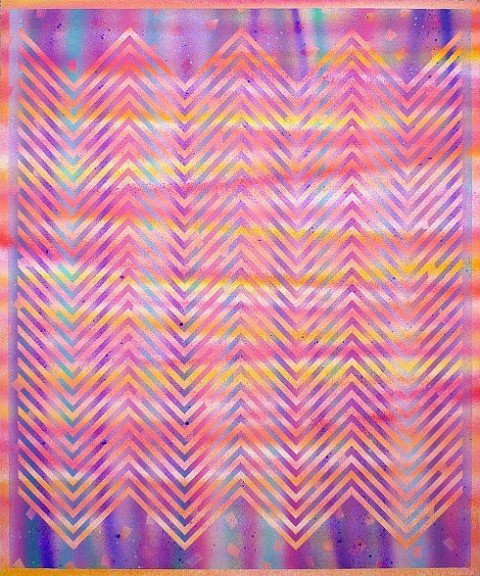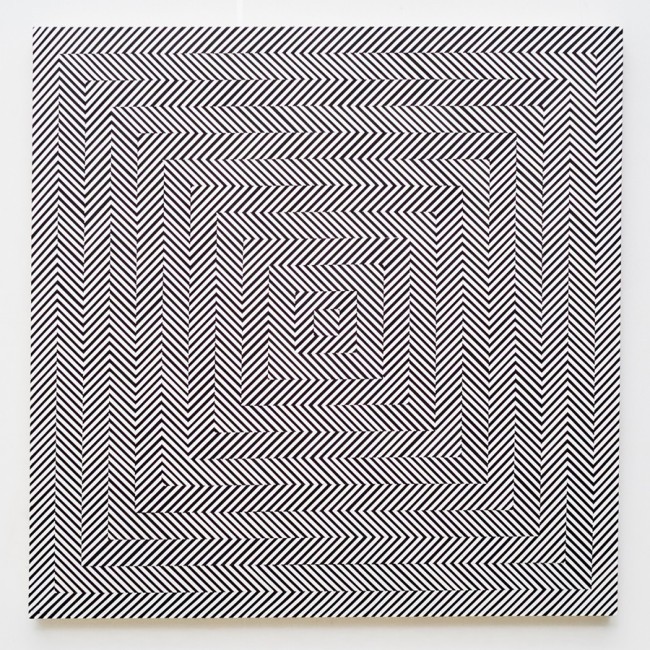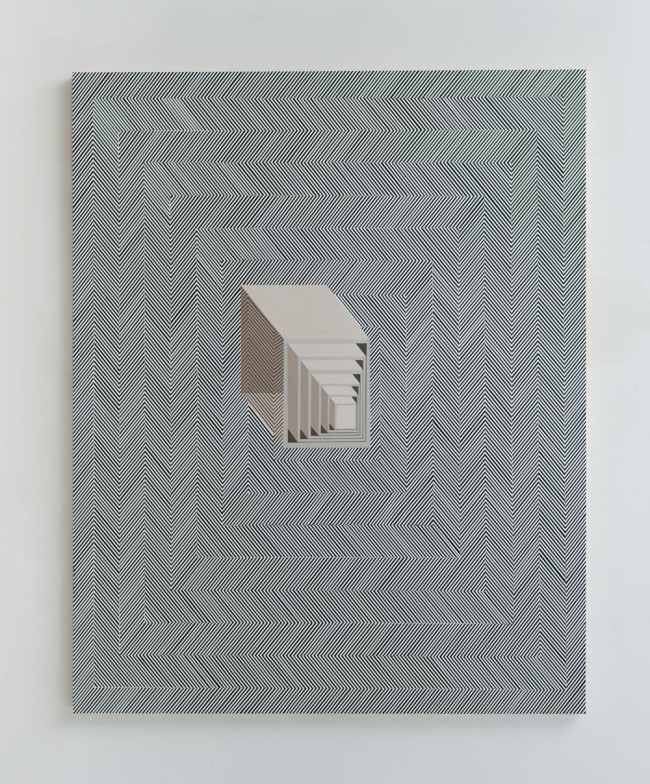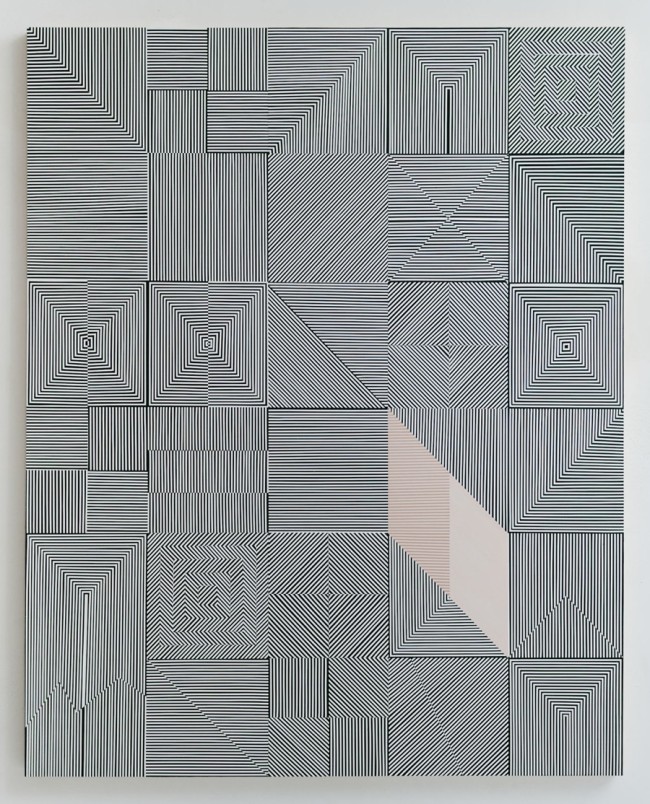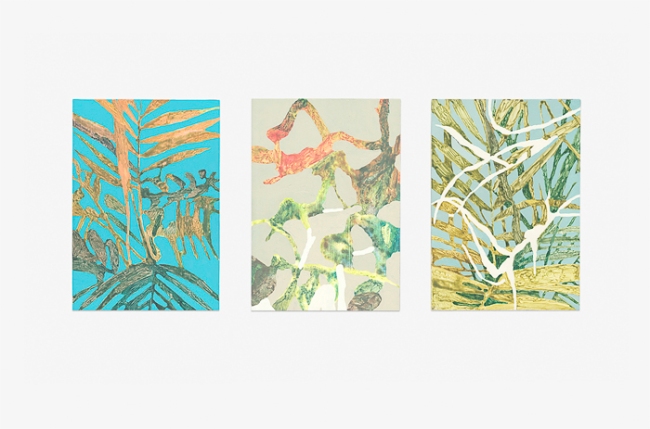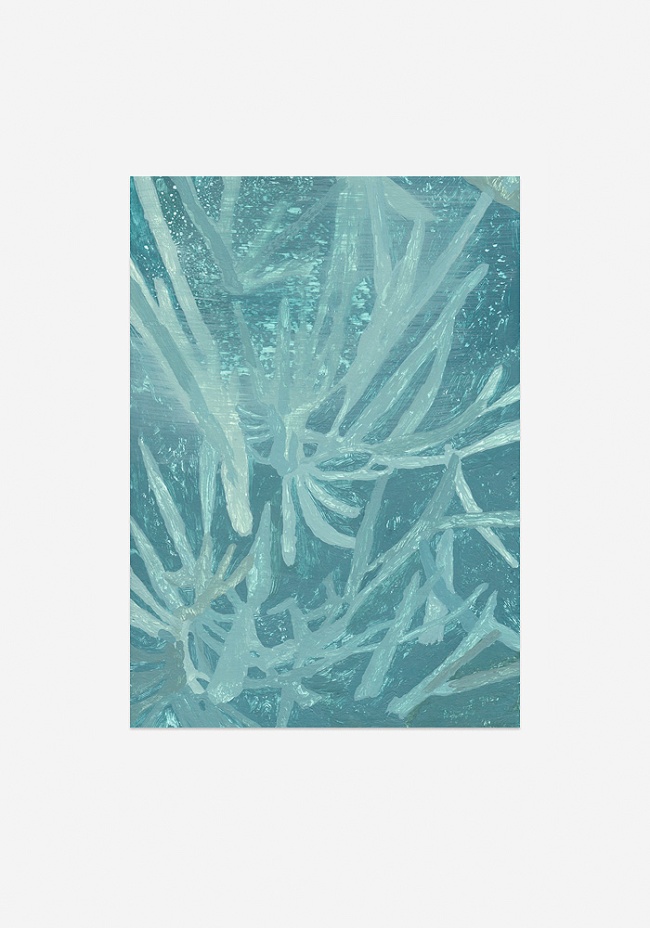Tristan’s paintings are simple explorations of human characteristics, depicted and enhanced with the use of proportion and surreal ideas. His interest in how people perform in every day life informs his work: he exploits characteristics of a person’s self-projection such as the use of fashion, which he makes poignant in his paintings, whether in a humorous approach, or by use of composition. Tristan’s painting also has an interesting relation to photography, keeping a distance from photographic realism. Keeping a division between the two enables an important detachment from realism, creating space and leaving the viewer a chance to connect with the work.
In current developments, Tristan’s technical exploration has added larger, freer brushstrokes to help deconstruct the backgrounds, creating more space and allowing the viewers eye to pass around the piece easily as well as allowing figures to bounce off a simple background. The contrast between brush marks provides definition to the figurative painting and strengthens the surreal standing seen in the work.
////////// ///// ///// /// / / / <3

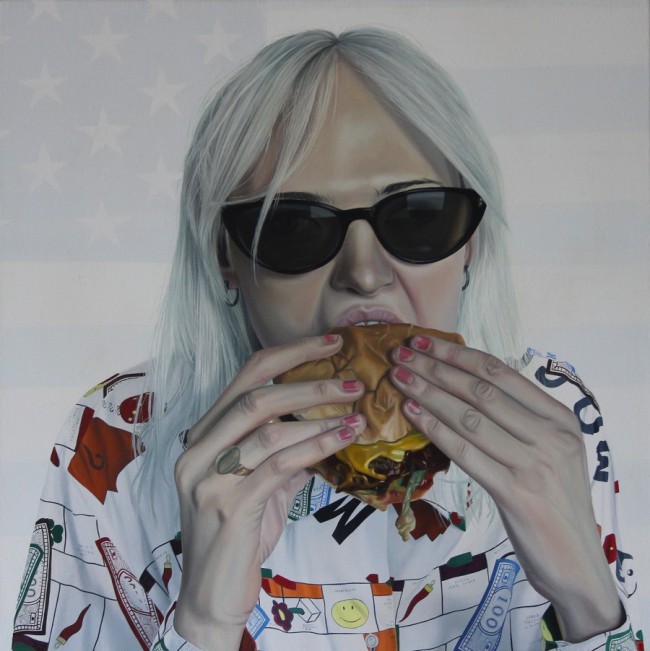




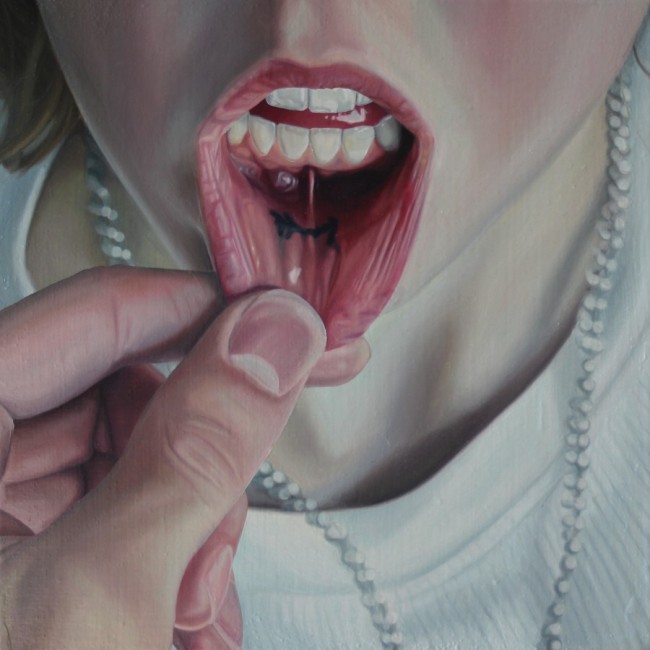

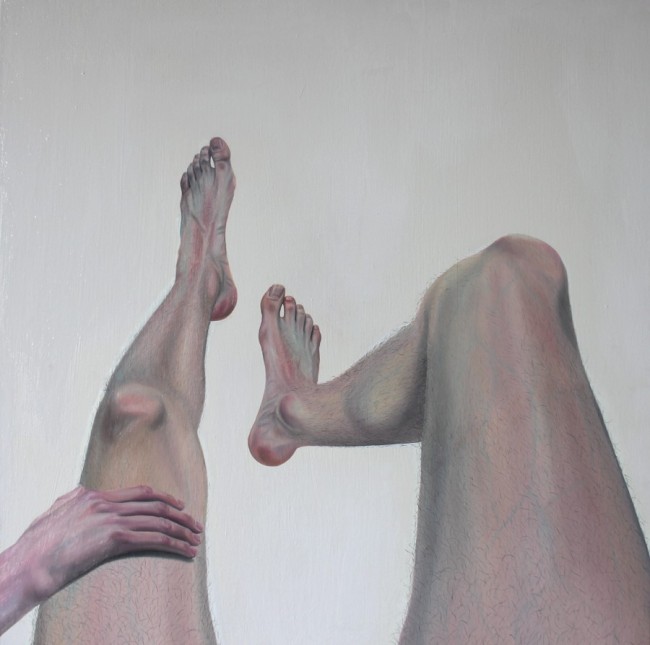












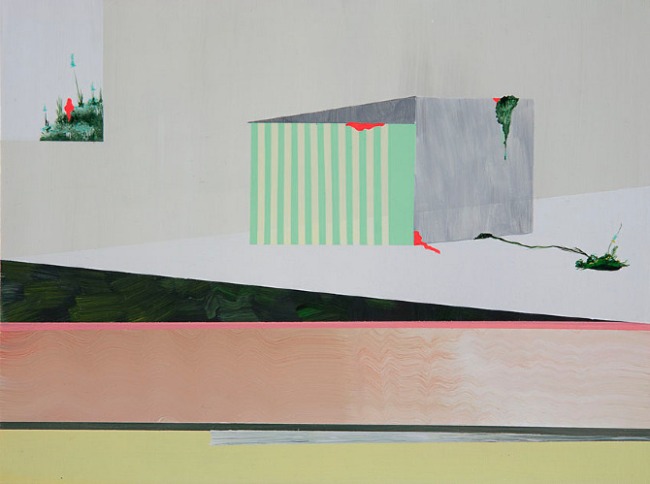

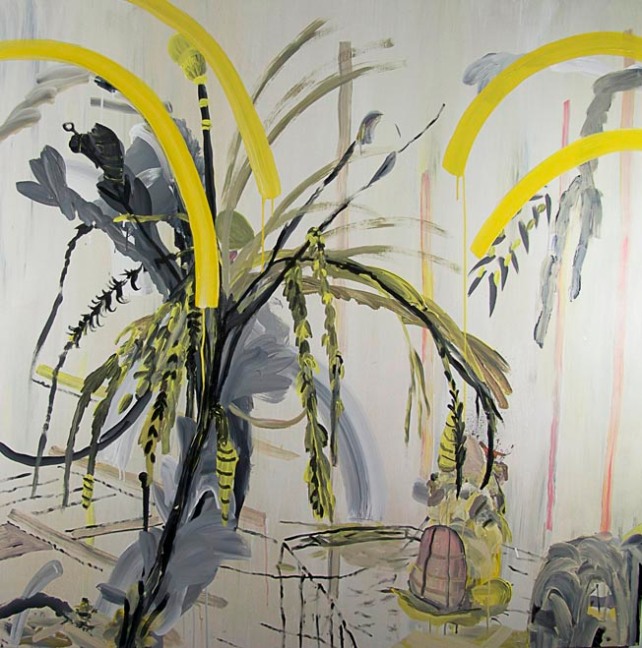
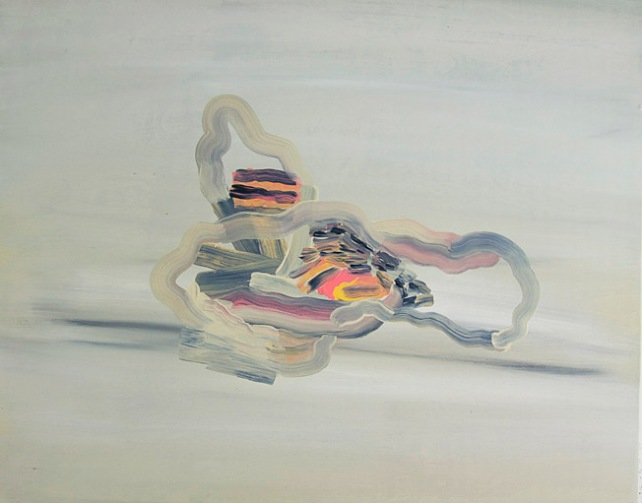




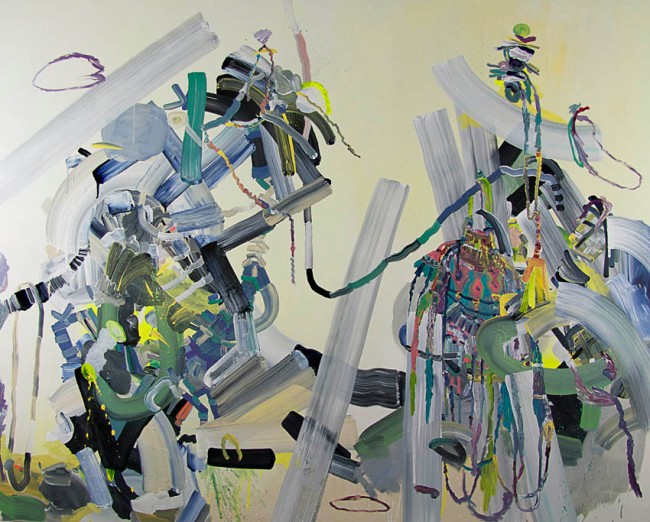


 \
\
